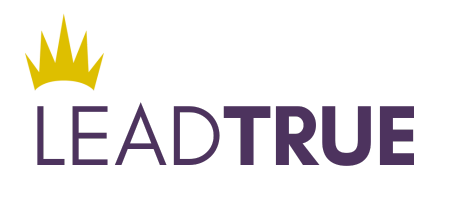The Intelligence Beneath Words: Reclaiming Intuition as a Leadership Muscle
We often know more than we think we do.
And not in some vague, inspirational sense — but biologically, relationally, even professionally.
One of the most consistent threads in my work with leaders and teams is this:
At some point, everyone reconnects with a quiet knowing they had all along.
A gut feeling.
A hunch.
A bodily reaction that spoke before words ever could.
A clear yes. Or an even clearer no.
And yet—how often do we talk ourselves out of it?
The Inner Signal We Dismiss
Intuition, gut feeling, instinct — these aren’t mystical ideas. They are forms of fast, embodied cognition. The ventromedial prefrontal cortex, the insular cortex, and the vagus nerve all play a role in processing emotional data, subtle somatic cues, and pattern recognition beneath conscious thought. Research shows our bodies often detect and respond to changes milliseconds before our conscious brain catches up.
But this doesn’t always fit the dominant idea of leadership.
We’ve been taught that clarity lives in reason.
That certainty requires evidence.
That instinct is soft — and therefore suspect.
So we rationalize.
We postpone.
We “wait until we’re sure.”
And in doing so, we often override the very intelligence that could guide us through complexity.
Why We Don’t Trust What We Know
Through my work with leaders of all genders, and especially women, I’ve seen the pattern over and over again. We dismiss our sensing because:
1. Truth can be confronting — it disrupts safety or convenience.
2. We fear dismissal or rejection — especially women, often told they're 'too emotional.'
3. We weren’t validated in our insights as children — so we learned not to trust them.
4. Intuition often comes as a question — and we fear not having a clear answer.
The Cost of Disconnection
When we disconnect from our own inner signals, we lose more than just personal clarity — we lose the ability to sense the system. To attune to timing. To act with integrity. To navigate the unknown with presence instead of performance.
We also miss the opportunity to grow into a sovereign leader — one who acts not just from consensus or data, but from integrated knowing.
In the Lead True model, we speak of leadership as alignment between three intelligences:
- Inner Clarity (I) — the wisdom of the individual self.
- Relational Resonance (We) — the co-creative space of team and culture.
- Purposeful Action (It) — the outer structures and outcomes we shape.
Intuition sits precisely at the intersection of I and We. It is the inner signal that lets us move before the group moves — and sometimes, move the group.
Reclaiming Intuition as a Collective Practice
So how do we begin to restore our relationship with this deeper guidance?
1. Name it: Say out loud, 'I sense something here.'
2. Pause the reflex to explain: Let sensing exist without immediate justification.
3. Invite others in: Ask, 'What are you sensing?' in team meetings.
4. Loop it back: Start with sensing, explore with thought, and return to your gut before action.
This is not about rejecting reason. It’s about restoring balance.
As one of my clients recently said: 'I knew. I just needed permission to trust it.'
The Path of the Sovereign Leader
There’s a maturity that comes when you act on what you know to be true — even if it’s inconvenient, even if no one else sees it yet.
That act builds something irreplaceable: self-trust.
The kind that no one can give you.
And no one can take away.
Whether you’re leading a team, a family, a movement, or simply your own life — start by honoring that quiet, intuitive voice.
It may not shout. But it’s rarely wrong.
Closing reflection
What have you been sensing lately — that you haven’t yet said out loud?
About the Author
Lead True Global Leader Andrea Henning’s vision is that when people discover their authenticity and dare to follow their bliss they are happier and more successful in their lives while serving as an inspiration to their communities.







